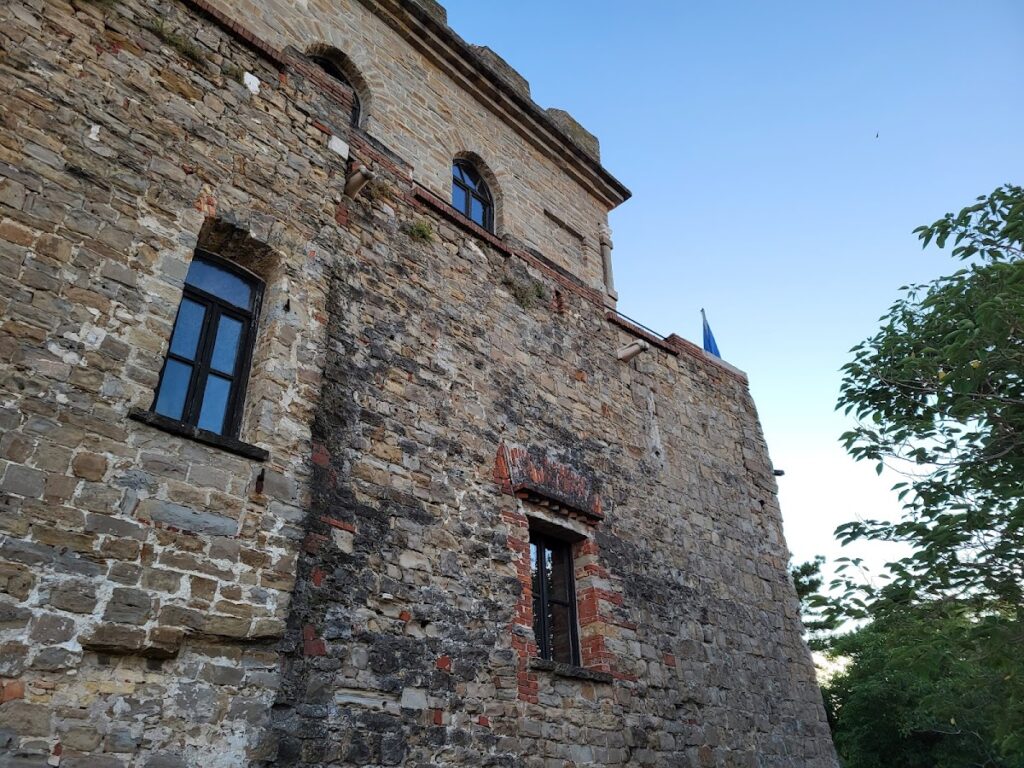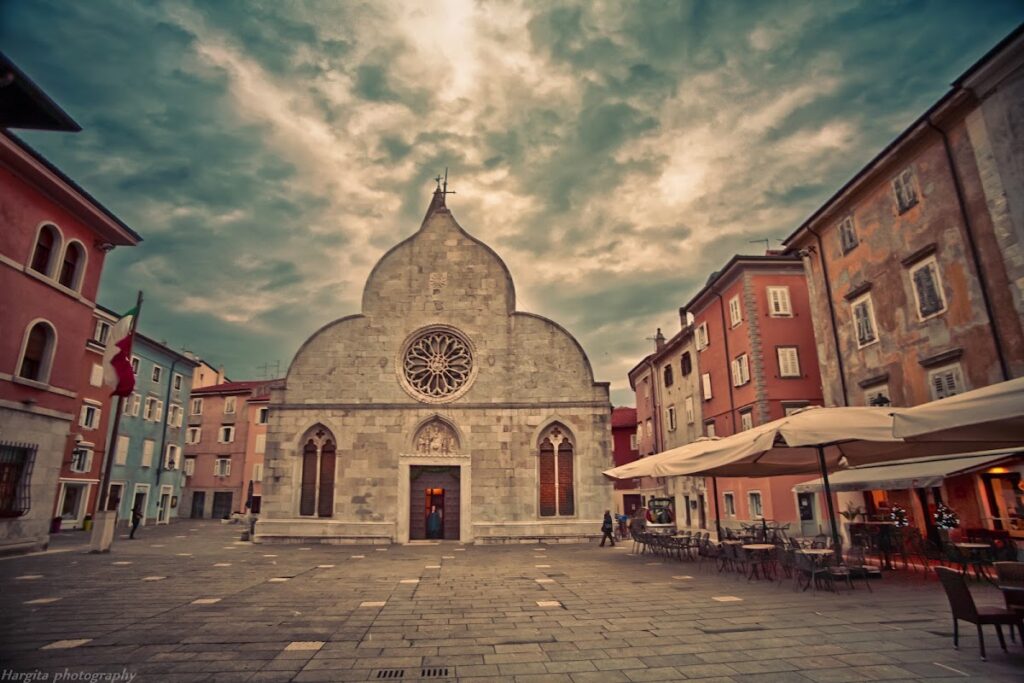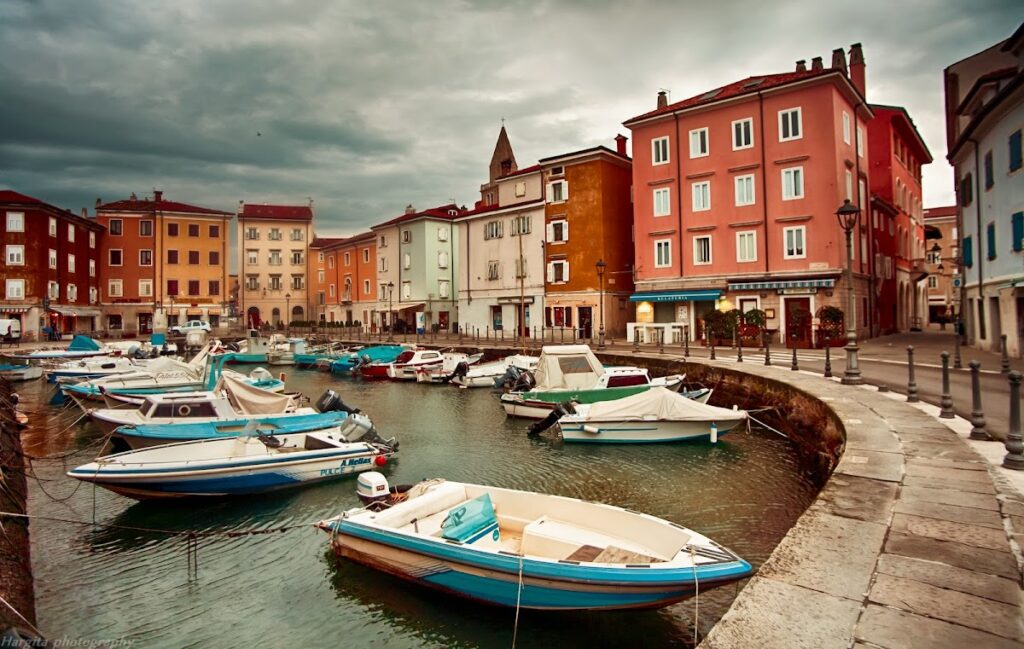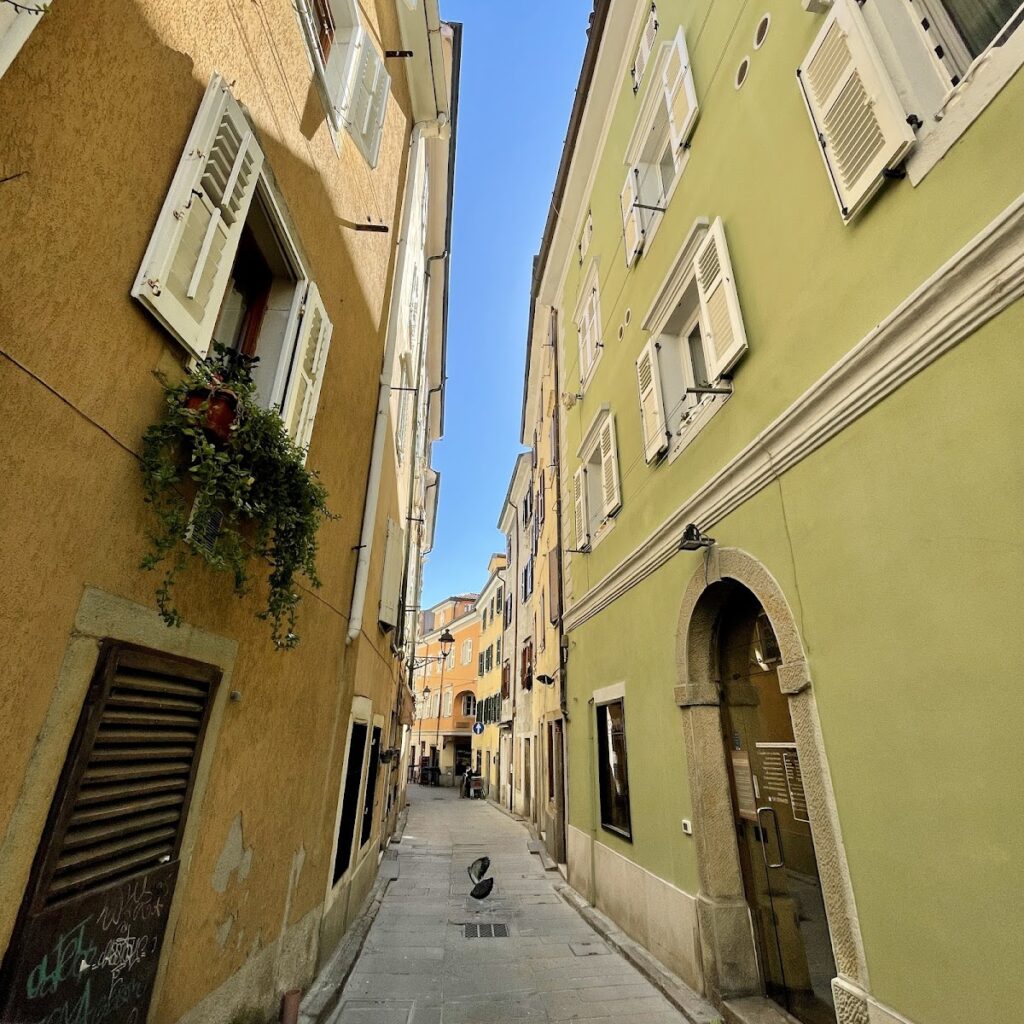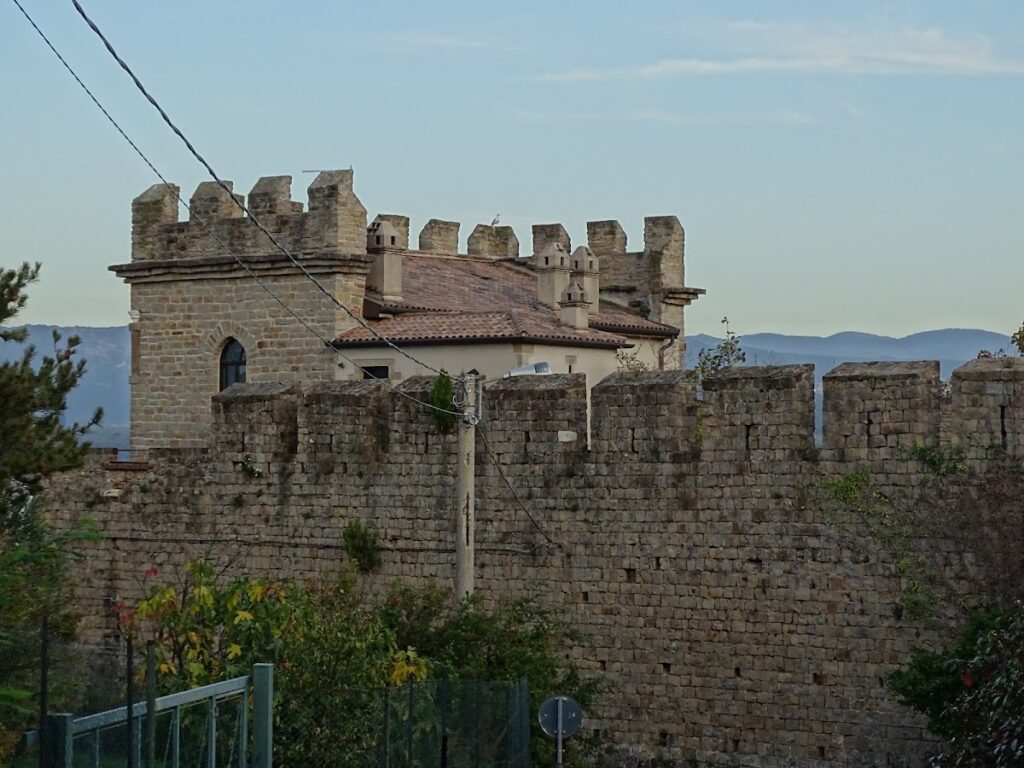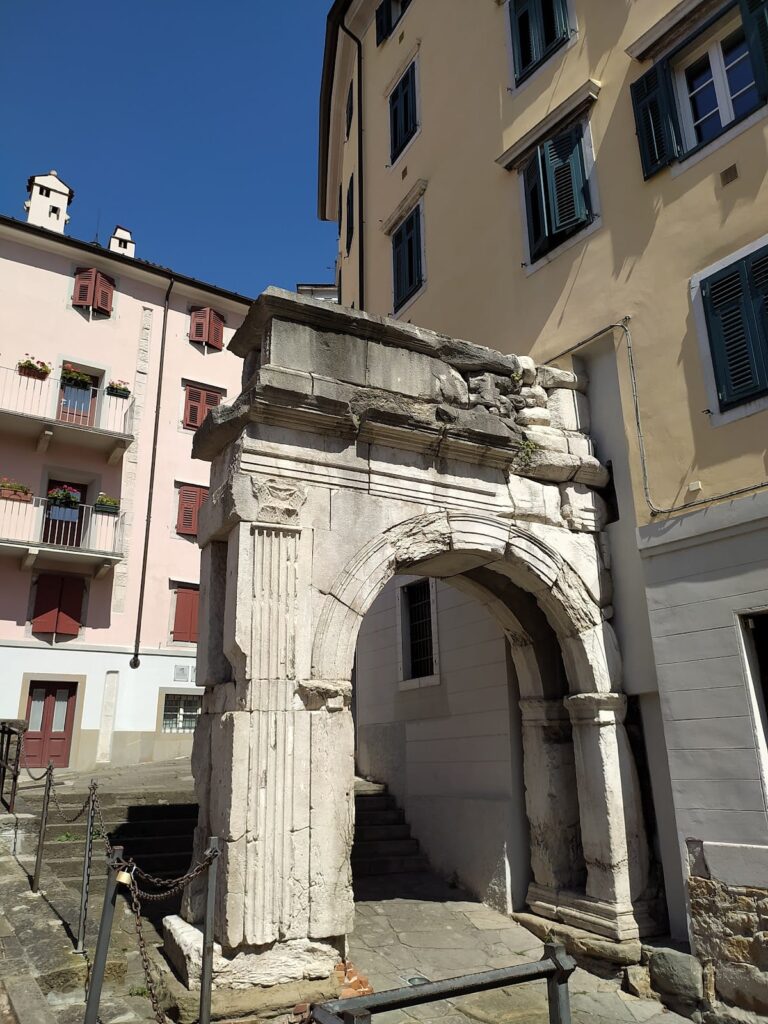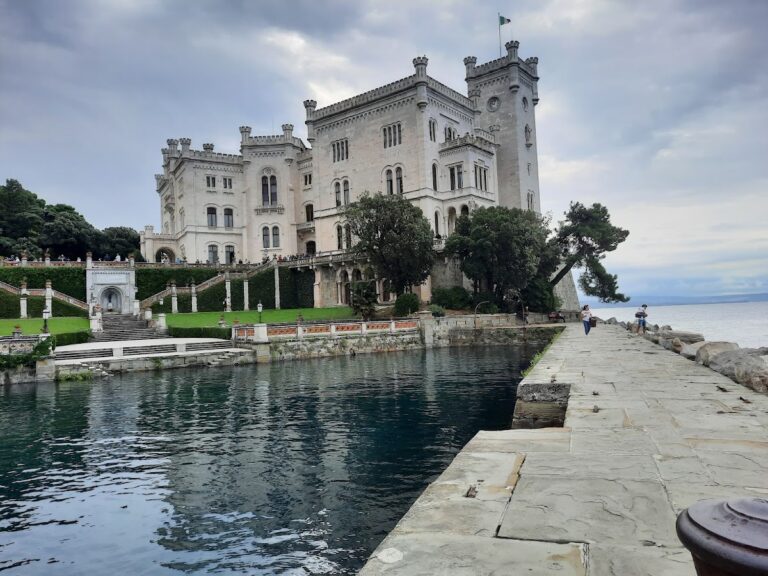Muggia Castle: A Historic Fortress in Italy
Visitor Information
Google Rating: 4.1
Popularity: Low
Google Maps: View on Google Maps
Country: Italy
Civilization: Unclassified
Remains: Military
History
Muggia Castle, located in the municipality of Muggia in Italy, was established by the Patriarchate of Aquileia in the late 14th century. The construction was initiated to assert the authority of the Patriarch over Muggia, a town that had resisted both patriarchal control and Venetian influence, reflecting the contested political landscape of the region at the time.
The castle’s foundation began in 1374 under Marquard I of Randeck, the Patriarch of Aquileia, following a rebellion in 1372 by factions within Muggia who supported Venice. The fortress was designed to strengthen the patriarch’s hold on the town and prevent further uprisings. Work on the castle extended over several decades, with expansions carried out until 1399. These enhancements included the construction of surrounding walls and watchtowers intended to accommodate a military garrison, reinforcing Muggia’s strategic defenses.
Throughout the following centuries, Muggia Castle played a critical role in regional conflicts. In 1413, it was briefly occupied by Hungarian forces under King Sigismund, an event indicating the castle’s importance in wider struggles for control across northern Italy. Later, in 1511, the fortress withstood an attack by forces loyal to Archduke Maximilian I, who sought to extend Habsburg influence. Despite this military pressure, the castle remained under local control.
From the 18th century onward, the castle’s military significance declined, leading to a period of gradual decay. By 1900, Dr. Giacomo Derossi transformed the interior into a private residence, marking a shift from a defensive stronghold to domestic use. In the late 20th century, specifically 1991, the castle was acquired by sculptor Villi Bossi and his wife Gabriella, who carried out a thorough restoration. Today, although still privately owned, the castle functions as a venue for cultural events, linking its historical legacy with contemporary artistic expression.
Remains
The castle’s layout centers on an original tower built with flat guelf-type battlements—a style featuring squared-off merlons that were common in medieval Italian fortifications—situated in the Borgolauro area overlooking Muggia’s harbor. This tower formed the initial core of the fortress established in the late 14th century. Surrounding it, a four-sided curtain wall was constructed to enclose the site, accompanied by additional defensive towers built to house soldiers and expand the garrison’s capacity.
The perimeter of the outer defensive walls remains visible today, revealing the original extent of the fortifications. These walls were constructed with locally sourced materials typical of the period, utilizing sturdy masonry techniques to withstand sieges and attacks. The fortress originally featured two prominent towers that reinforced its defensive capabilities. Over time, the structure underwent several renovations, notably between 1701 and 1735, during which Count Giovanni Polcenigo, under the direction of the Venetian Republic, oversaw modifications to maintain and enhance the castle’s defensive features.
In its current state, the castle has been well preserved thanks to modern restoration efforts. Inside, an inner garden adds a cultivated and inviting space, enriched by a permanent exhibition of sculptures created by Villi Bossi. These works integrate contemporary art within the historic setting, providing a unique cultural dimension to the site’s architectural heritage. While the castle is privately owned and not regularly accessible to the public, its structural remains and carefully maintained features reflect the layered history of military, residential, and artistic use spanning several centuries.
